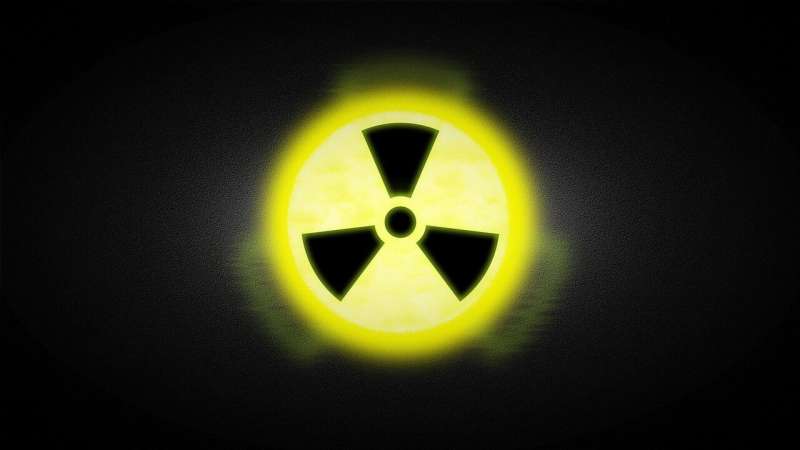Ionizing radiation in the Chernobyl region lowers the population sizes of bank voles

Population sizes of bank voles are lower in the areas where radiation level in the environment is increased. In her dissertation at the University of Jyväskylä Kati Kivisaari studied the effects of ionizing radiation on bank vole growth and reproduction. In males, the quality of the sperm was weakened and females produced smaller litters in the contaminated areas. In addition, brain mass was decreasing and spleen mass increasing with increasing radiation level in the environment. Results are indicating more stress related response towards radiation instead of e.g. mutations.
The nuclear accident in Chernobyl in 1986 is considered the worst nuclear power plant accident in history. Released fallout rendered a wide area unusable for any kind of human activities for years to come. To protect humans from overexposure to radiation, the Chernobyl exclusion zone was established to cover 30 kilometers radius surrounding the destroyed reactor.
Radiation in the Chernobyl area comes mainly from Cesium-137 and Strontium-90 isotopes, which are gamma and beta active. This type of ionizing radiation has enough energy to penetrate the skin, but is even more harmful if inhaled or consumed with diet.
The acute effects of ionizing radiation have been widely studied in both laboratory conditions and by studying the victims of nuclear disasters and bombs. In addition, some chronic effects have been studied, but mainly in the laboratory conditions. The Chernobyl exclusion zone offers a possibility to study the effects of ionizing radiation on wild populations.
"Research in the area has focused largely on finding mutations, but the effects of low dose chronic radiation are not necessarily strong enough to cause mutations. Instead, I assumed to find more subtle effects that could lower the fitness of individuals", says Kati Kivisaari.
Bank vole pups survive better if mother is not from contaminated areas
The bank vole (Myodes glareolus) was the study species, since it is one of the most common rodent species in the area. The population sizes and reproduction in both males and females were studied and in addition the possible abnormalities in the body size and growth of the organs were analyzed.
The population sizes in bank voles decreased when radiation level in the environment increased. The reason behind this decrease would be the reproduction.
"In bank vole males, I noticed that the sperm mid-piece region was smaller in the individuals that were captured from contaminated locations. Mid-piece in known to include all the mitochondria that produce the energy for sperm swimming. In addition, I analyzed the sperm swimming properties and noticed that animals from contaminated locations also have significantly larger proportion of static sperm", says Kati Kivisaari
There were also some effects on female bank voles. Increased radiation level in the environment the litter sizes decreased.
"I transferred females with their litters from contaminated locations to clean locations and vice versa and noticed that pups whose mother originated from clean sites survived until weaning age better that the pups whose mother originated from contaminated areas", Kivisaari says.
Radiation seems to increase the stress levels of bank voles
When the body size and organ masses of the bank voles were studied, it was found that the brain mass decreased with increasing radiation. Contrarily the heart and spleen masses increased with the increasing radiation. Similar effects have been seen in birds and monkey fetuses in Chernobyl and Fukushima fallout areas. This kind of effect could result for example from lack of resources in developing brain. Increase in spleen size on the other had can tell about increased immune system activity. Results seem to hint that radiation in the area increases the stress from the environment, lowers the resources available for the individual and thus lowers the fitness.
"This research has brought new information of the effects of ionizing radiation on bank vole population inhabiting Chernobyl. Since bank voles are prey to multiple predator species, their population sizes could also limit the sizes of predator populations", Kati Kivisaari concludes.
More information:
Kivisaari, Kati. The Effects of Ionizing radiation on bank vole in Chernobyl Exclusion Zone. ISBN
978-951-39-7959-1. jyx.jyu.fi/handle/123456789/66389
Provided by University of Jyväskylä




















